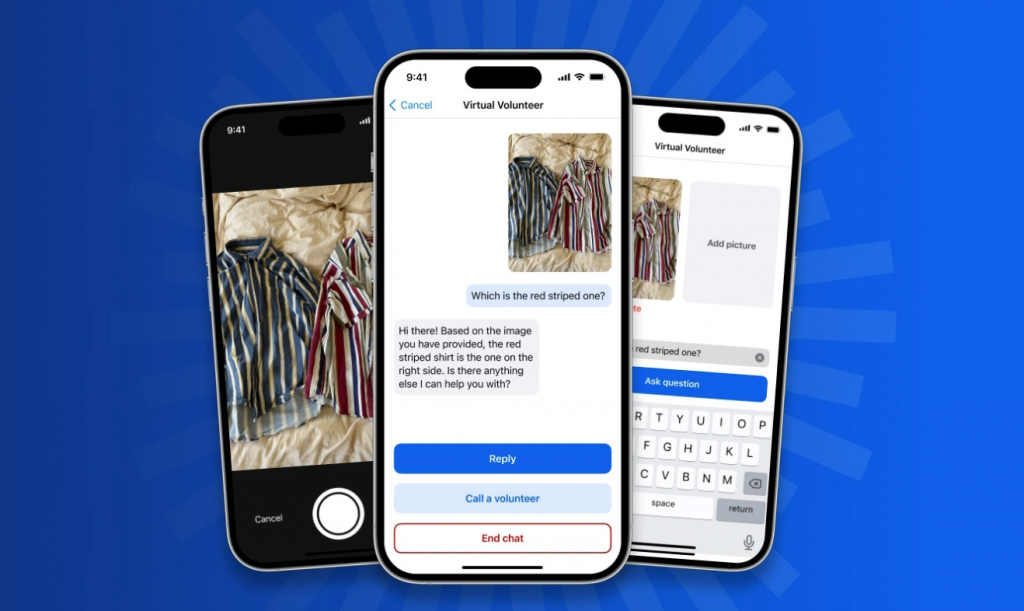
Be My Eyes is a new app with GPT-4 abilities. This app designed for the blind can describe surroundings, give descriptions of items being displayed. (Source: Be My Eyes)
The Next Level of GPT Advances Far Beyond Its Predecessors in Abilities
We should place this story in the “what have you done for me lately” file. The news about chatbots and their extraordinary abilities has captured the world’s attention. But like everything else in the modern American culture, we are already asking about the next big thing.
ChatGPT is being used for educational writing and even delivery services that replaced humans in answering phones. It passed law school entry exams at four universities. But the newest evolution of the AI database GPT-4 has a 90% chance of passing that law exam. And it is different from its predecessor. An article from techcrunch.com points out five ways it is making waves already.
Delvin Coldeway is the author of this side-by-side comparison.
OpenAI’s new GPT-4 AI model has made its big debut. It is already powering everything from a virtual volunteer for the visually impaired to an improved language learning bot in Duolingo. But what sets GPT-4 apart from previous versions like ChatGPT and GPT-3.5? Here are the five most significant differences between these popular systems.
First, though, what’s in a name? Although ChatGPT was originally described as being GPT-3.5 (and therefore a few iterations beyond GPT-3), it is not itself a version of OpenAI’s large language model, but rather a chat-based interface for whatever model powers it. The ChatGPT system that exploded in popularity over the last few months was a way to interact with GPT-3.5, it’s a way to interact with GPT-4.
1. GPT-4 Can See and Understand Images
GPT-4 has the big advantage right out of the gate. While ChatGPT was programmed for text only, GPT-4 can read images.
GPT-4, however, can be given images and it will process them to find relevant information. You could simply ask it to describe what’s in a picture, but more importantly, its understanding goes beyond that. The example provided by OpenAI has it explaining the joke in an image of a hilariously oversized iPhone connector. Still, the partnership with Be My Eyes, an app used by blind and low-vision folks to let volunteers describe what their phone sees, is more revealing.
2. GPT-4 Is Harder To Trick
The latest version of this algorithm is smarter than the previous version.
Many users helpfully gave OpenAI a lot of data over the last year or two. With that in mind, the new model is much better than its predecessors on
“factuality, steerability, and refusing to go outside of guardrails.”
The way OpenAI describes it, GPT-3.5 (which powered ChatGPT) was a “test run” of a new training architecture, and they applied the lessons from that to the new version, which was “unprecedentedly stable.” They also were better able to predict its capabilities, which makes for fewer surprises.
3. GPT-4 Has A Longer Memory
We always need more memory. Advantage GPT-4.
GPT-4 has a maximum token count of 32,768 — that’s 2^15, if you’re wondering why the number looks familiar. That translates to around 64,000 words or 50 pages of text, enough for an entire play or short story.
4. GPT-4 Is More Multilingual
Always helpful in today’s global connections for practically everything we buy or sell.
5. GPT-4 Has Different “personalities”
This one gets a little deeper into what a chatbot is capable of when given a little direction. After all, the estimated number of users just for ChatGPT was well into the millions. And that many users will produce several people wanting to misuse the algorithm. So OpenAI gave GPT-4 a little more ability to shut down people who ask impossible questions. The examples the article shares are hysterically funny.
read more at techcrunch.com

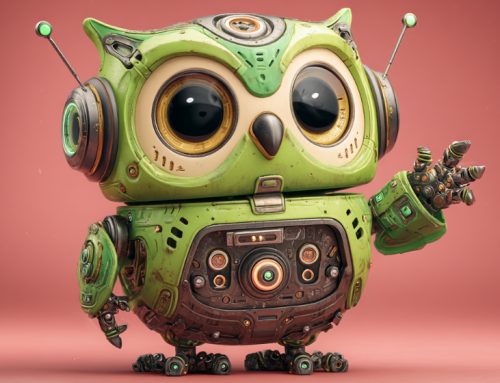
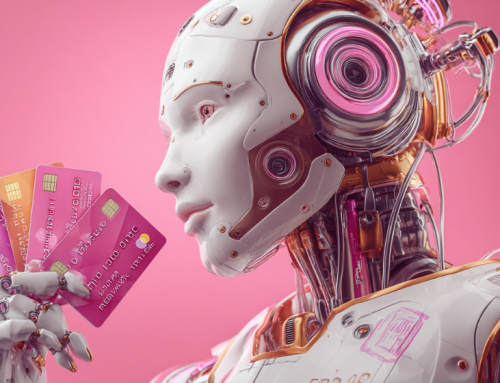
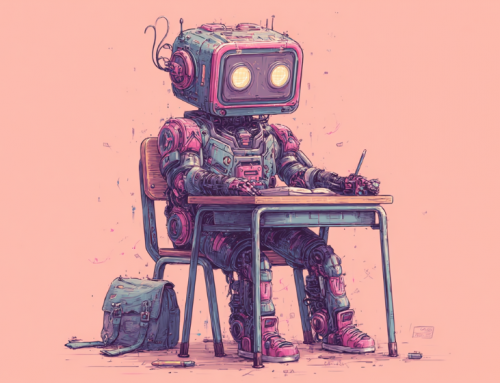
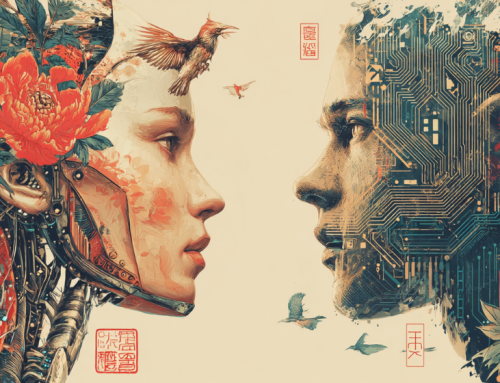


Leave A Comment